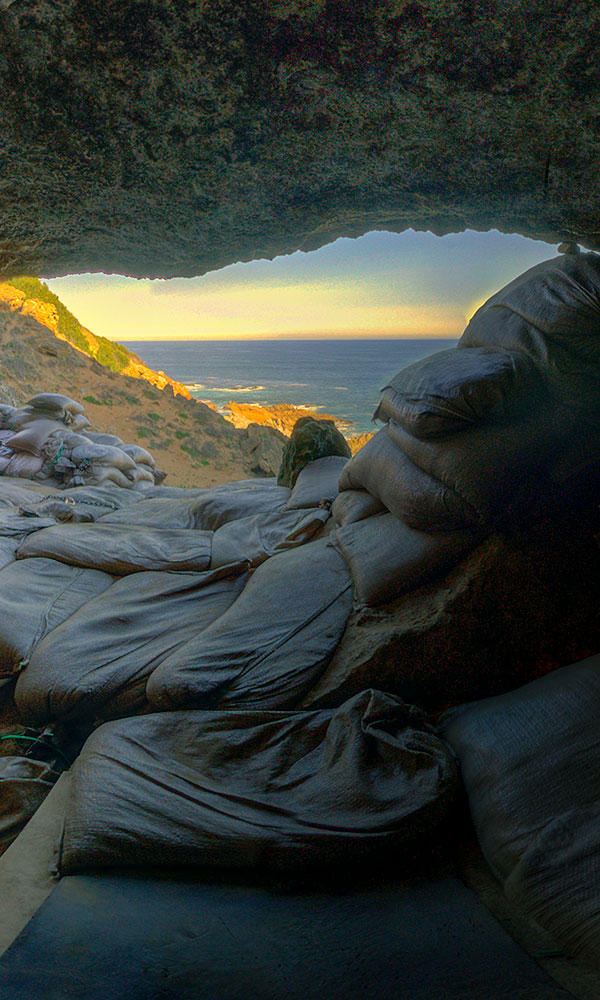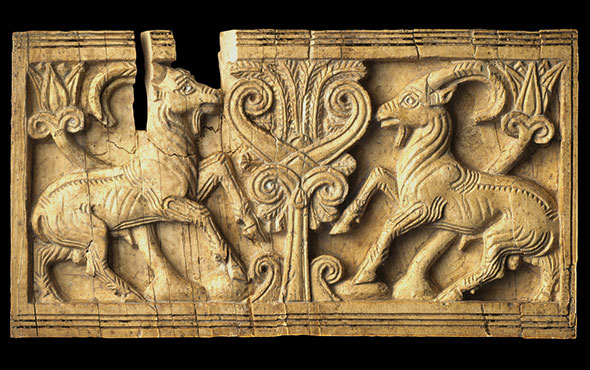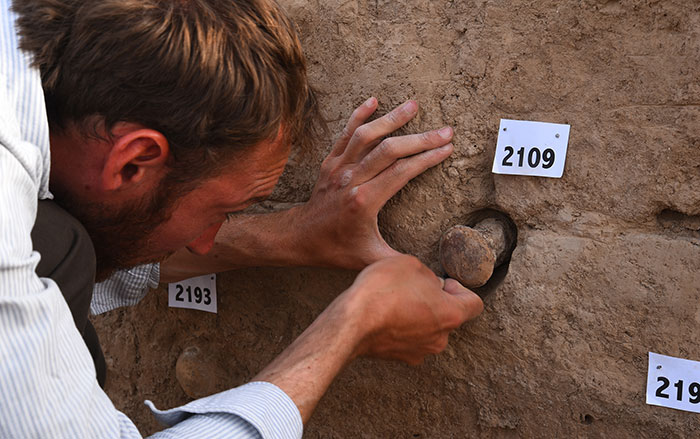
LONDON, ENGLAND—CBC News reports that archaeologists joined biologists to investigate otters’ use of stones as tools at a site in central coastal California where there are plentiful mussels growing on a series of drainage pipes. Archaeologist Natalie Uomini of the Max Planck Institute for the Science of Human History noticed piles of broken mussel shells and damaged rocks near the pipes. Continued observation of the otters and mapping of the rocks revealed that the otters tended to pound the mussels on points and ridges on the side of the rocks facing the water, which left the edges smoother and lighter in color than the rest of the rock. Underwater middens in the mud at the site could contain more than 100,000 mussel shells, the researchers noted. They also learned that the otters are precise in the way they hold the shells, and break them open the same way each time, suggesting they are probably right-handed. Biologists could use the information gleaned from the study to look for environments where otters may have lived in the past, and archaeologists could use the information to distinguish between middens left by otters and those created by early humans. To read about artifacts made by humans from shells, go to “Japan’s Early Anglers.”










